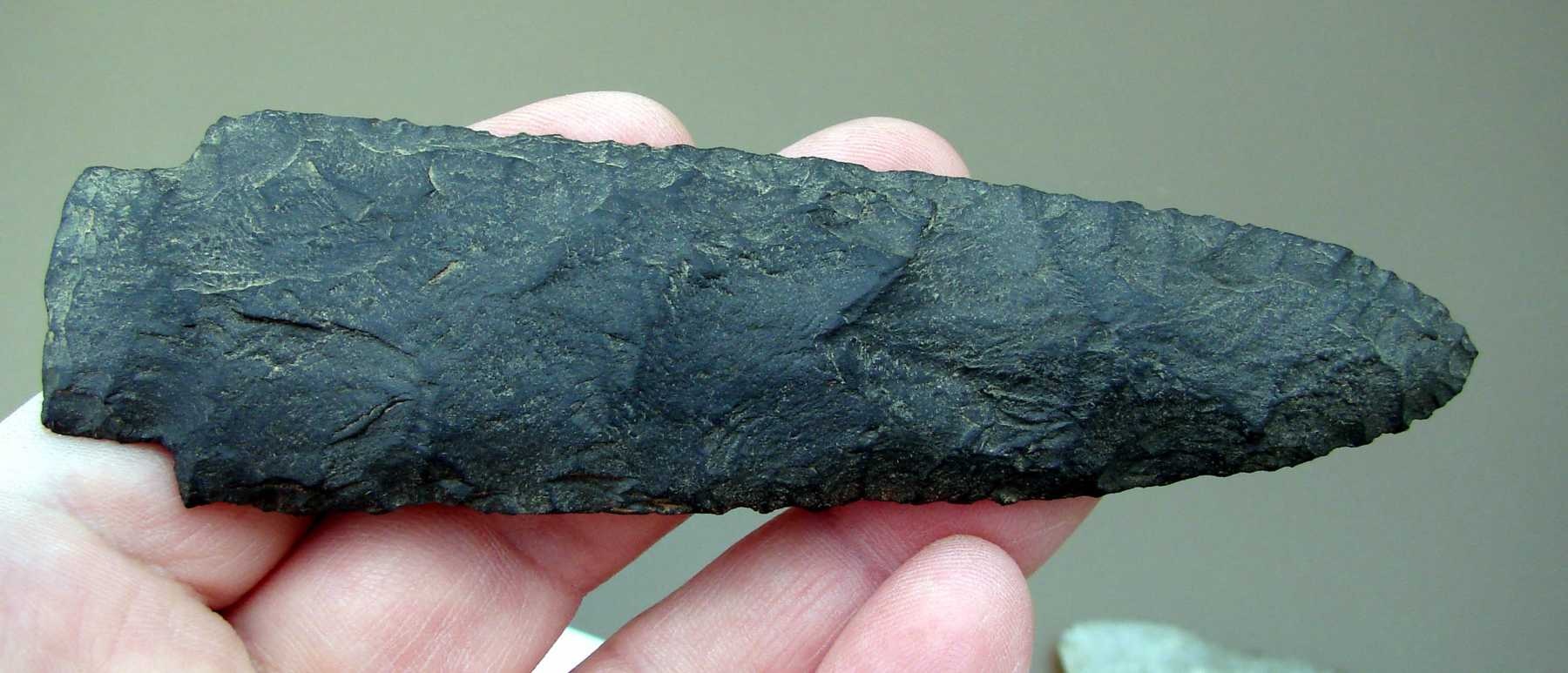Genesee is a Transitional Archaic style that is generally large, with straight sides and a broad, square stem. Here is the description from William Ritchie's New York typology:
http://collections.nysm.nysed.gov/pr...s/genesee.html
The example seen here is from the collection of Matt Dorso. Photos by Matt Dorso. Found in the town of Shelton, Fairfield Co., Ct.
![Click image for larger version
Name: image_2014-02-28 [replaced].jpg
Views: 367
Size: 176.3 KB
ID: 196607](filedata/fetch?id=196607&d=1456602842)
![Click image for larger version
Name: image_2014-02-28-2 [replaced].jpg
Views: 342
Size: 148.1 KB
ID: 196608](filedata/fetch?id=196608&d=1456602856)


http://collections.nysm.nysed.gov/pr...s/genesee.html
The example seen here is from the collection of Matt Dorso. Photos by Matt Dorso. Found in the town of Shelton, Fairfield Co., Ct.


Comment